Shopping Cart
Remove All Your shopping cart is currently empty
Your shopping cart is currently empty
Anti-HSPB8 Antibody (1K143) is a Rabbit antibody targeting HSPB8. Anti-HSPB8 Antibody (1K143) can be used in ICC/IF,IHC,WB.
| Pack Size | Price | USA Warehouse | Global Warehouse | Quantity |
|---|---|---|---|---|
| 50 μL | $297 | 7-10 days | 7-10 days | |
| 100 μL | $497 | 7-10 days | 7-10 days |
| Description | Anti-HSPB8 Antibody (1K143) is a Rabbit antibody targeting HSPB8. Anti-HSPB8 Antibody (1K143) can be used in ICC/IF,IHC,WB. |
| Synonyms | α-crystallin C chain, Small stress protein-like protein HSP22, Protein kinase H11, HspB8, HSP22, Heat shock protein β-8, Heat shock protein beta-8, E2-induced gene 1 protein, E2IG1, CRYAC, Alpha-crystallin C chain |
| Ig Type | IgG |
| Clone | 1K143 |
| Reactivity | Human,Mouse,Rat |
| Verified Activity | 1. Western blot analysis of Hsp22 on different lysates using anti-Hsp22 antibody at 1/1,000 dilution. Positive control: Lane 1: HepG2, Lane 2: Mouse skeletal muscle. 2. Immunohistochemical analysis of paraffin-embedded mouse brain tissue using anti-Hsp22 antibody. Counter stained with hematoxylin. 3. Immunohistochemical analysis of paraffin-embedded rat skeletal muscle tissue using anti-Hsp22 antibody. Counter stained with hematoxylin. 4. ICC staining Hsp22 in Hela cells (green). The nuclear counter stain is DAPI (blue). Cells were fixed in paraformaldehyde, permeabilised with 0.25% Triton X100/PBS. 5. ICC staining Hsp22 in A431 cells (green). The nuclear counter stain is DAPI (blue). Cells were fixed in paraformaldehyde, permeabilised with 0.25% Triton X100/PBS. 6. ICC staining Hsp22 in SH-SY-5Y cells (green). The nuclear counter stain is DAPI (blue). Cells were fixed in paraformaldehyde, permeabilised with 0.25% Triton X100/PBS. 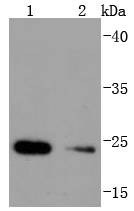 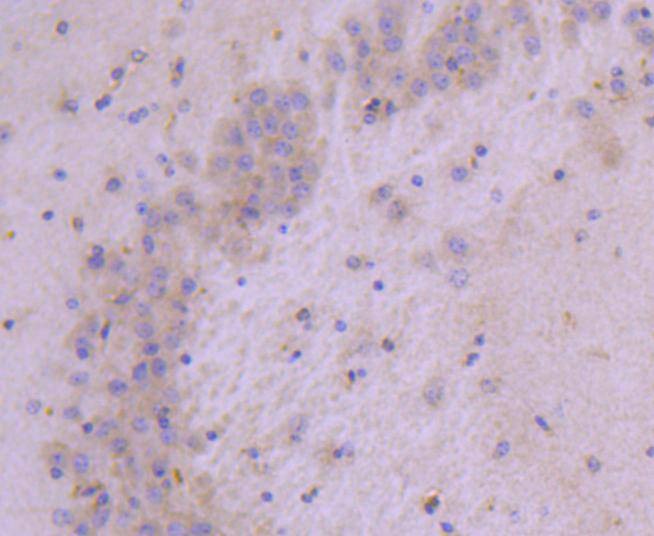 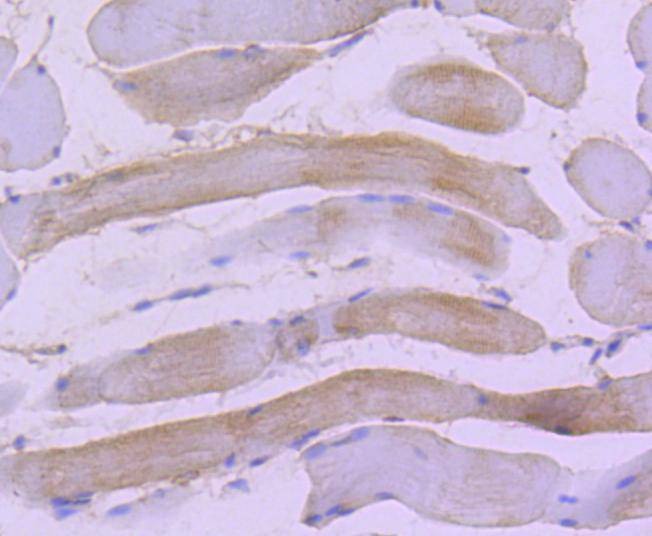 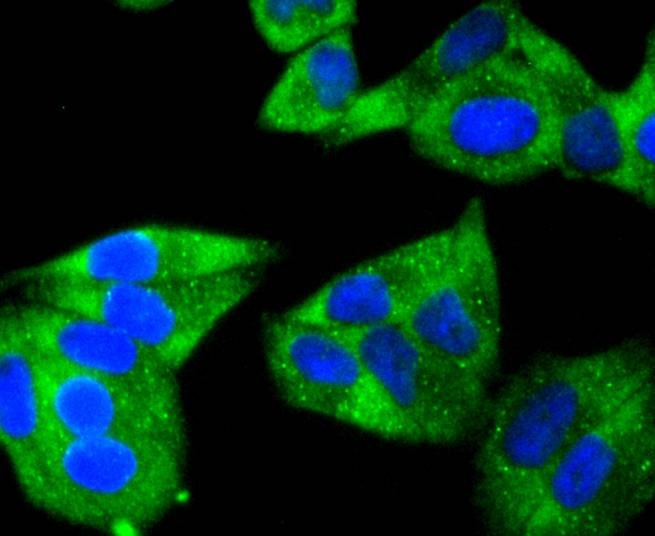 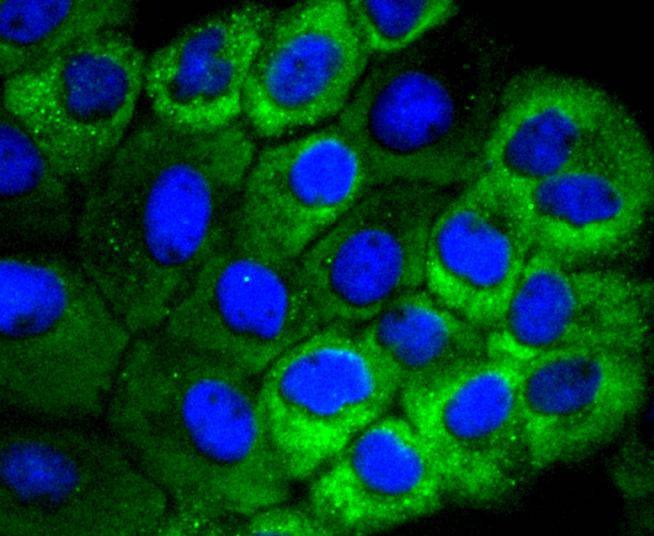 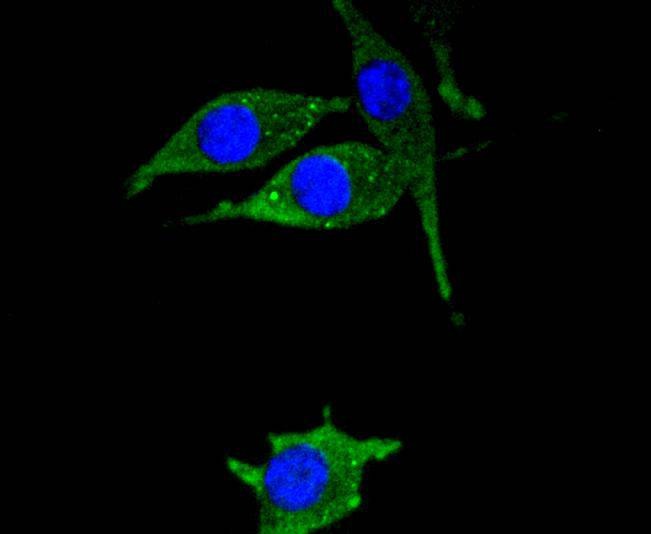 |
| Application | |
| Recommended Dose | WB: 1:1000-2000; IHC: 1:50-200; ICC/IF: 1:100-500 |
| Antibody Type | Monoclonal |
| Host Species | Rabbit |
| Construction | Recombinant Antibody |
| Purification | ProA affinity purified |
| Appearance | Liquid |
| Formulation | 1*TBS (pH7.4), 1%BSA, 40%Glycerol. Preservative: 0.05% Sodium Azide. |
| Research Background | Crystallins are the major proteins expressed in the vertebrate eye lens, where they maintain the transparency and refractive index of the lens. Crystallins are divided into a, b and g families; b and g-crystallins compose a superfamily. Crystallins usually contain seven distinctive protein regions, including four homologous motifs, a connecting peptide, and N- and C-terminal extensions. a-crystallins consist of three gene products, aA, aB and aC-crystallin, which are members of the small heat shock protein family (HSP20). They are induced by heat shock, and act as molecular chaperones by holding denatured proteins in large soluble aggregates. However, unlike other molecular chaperones, a-crystallins do not renature these proteins. Research indicates that binding occurs between membranes and aC-crystallin. The binding site appears to be at the polar-apolar interface in membrane protein (MIP26) and aC-crystallin; the lipid bilayer becomes less mobile with aC-crystallin binding. |
| Conjucates | Unconjugated |
| Immunogen | Recombinant Protein |
| Uniprot ID |
| Molecular Weight | Theoretical: 22 kDa. |
| Stability & Storage | Store at -20°C or -80°C for 12 months. Avoid repeated freeze-thaw cycles. |
| Transport | Shipping with blue ice. |
| Size | Quantity | Unit Price | Amount | Operation |
|---|

Copyright © 2015-2026 TargetMol Chemicals Inc. All Rights Reserved.